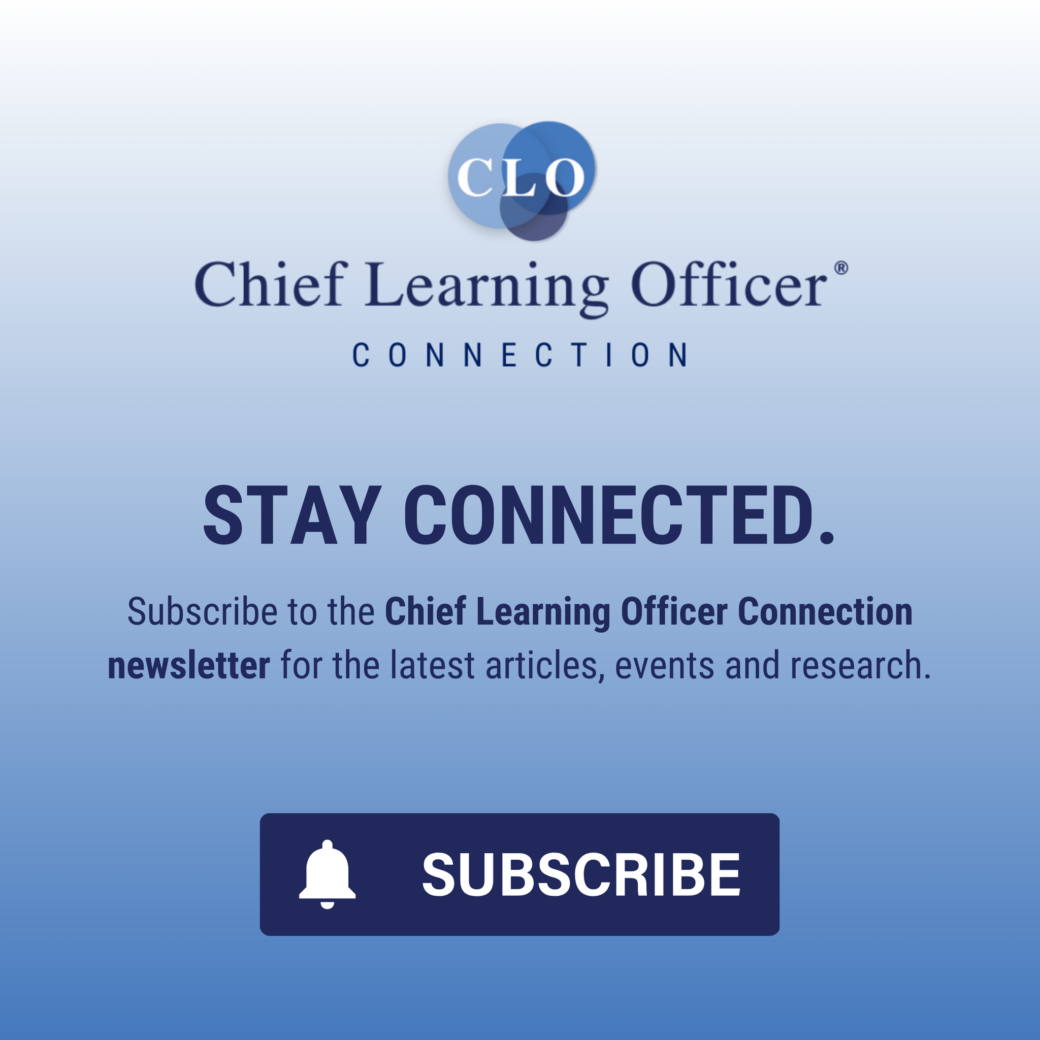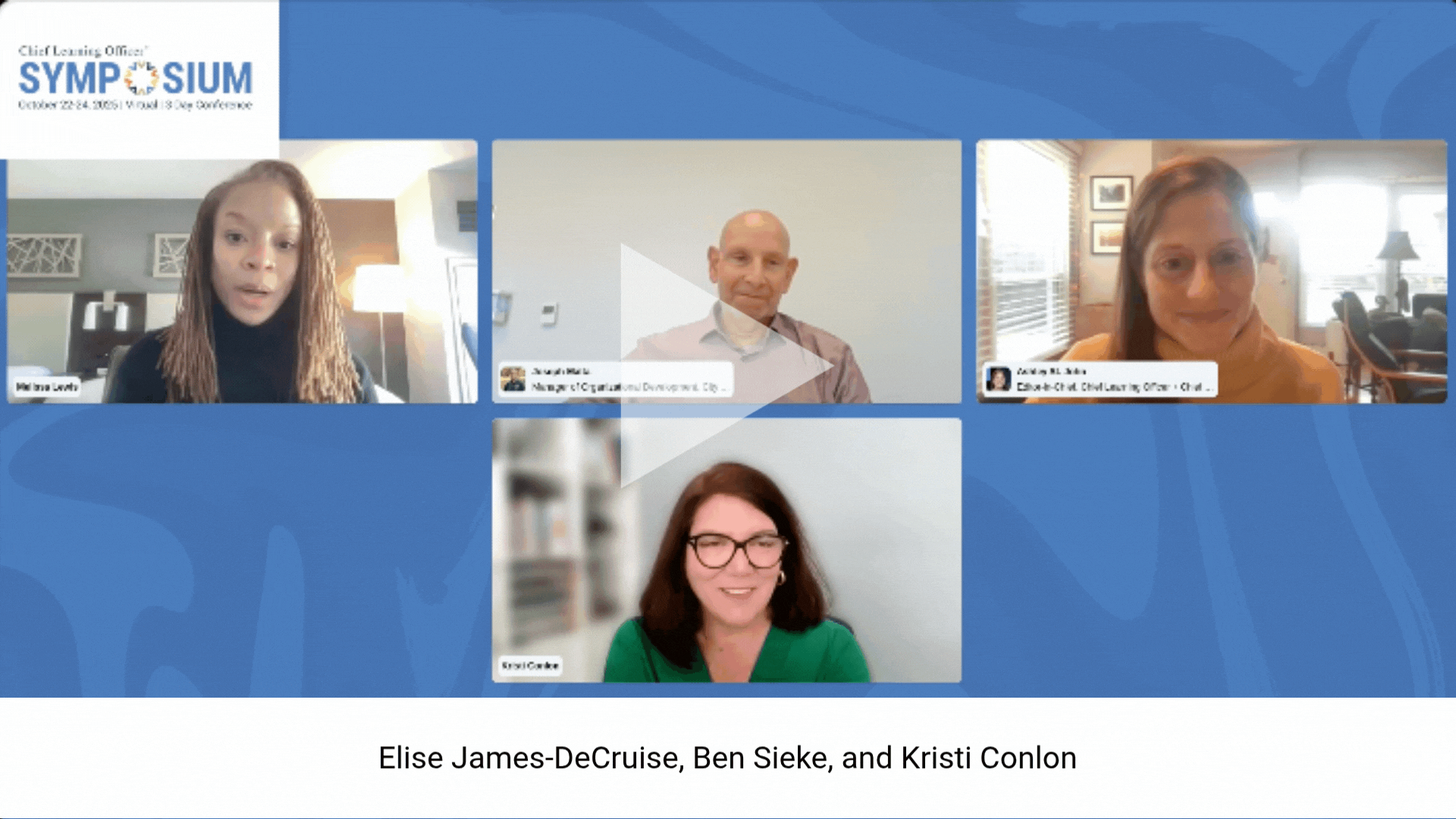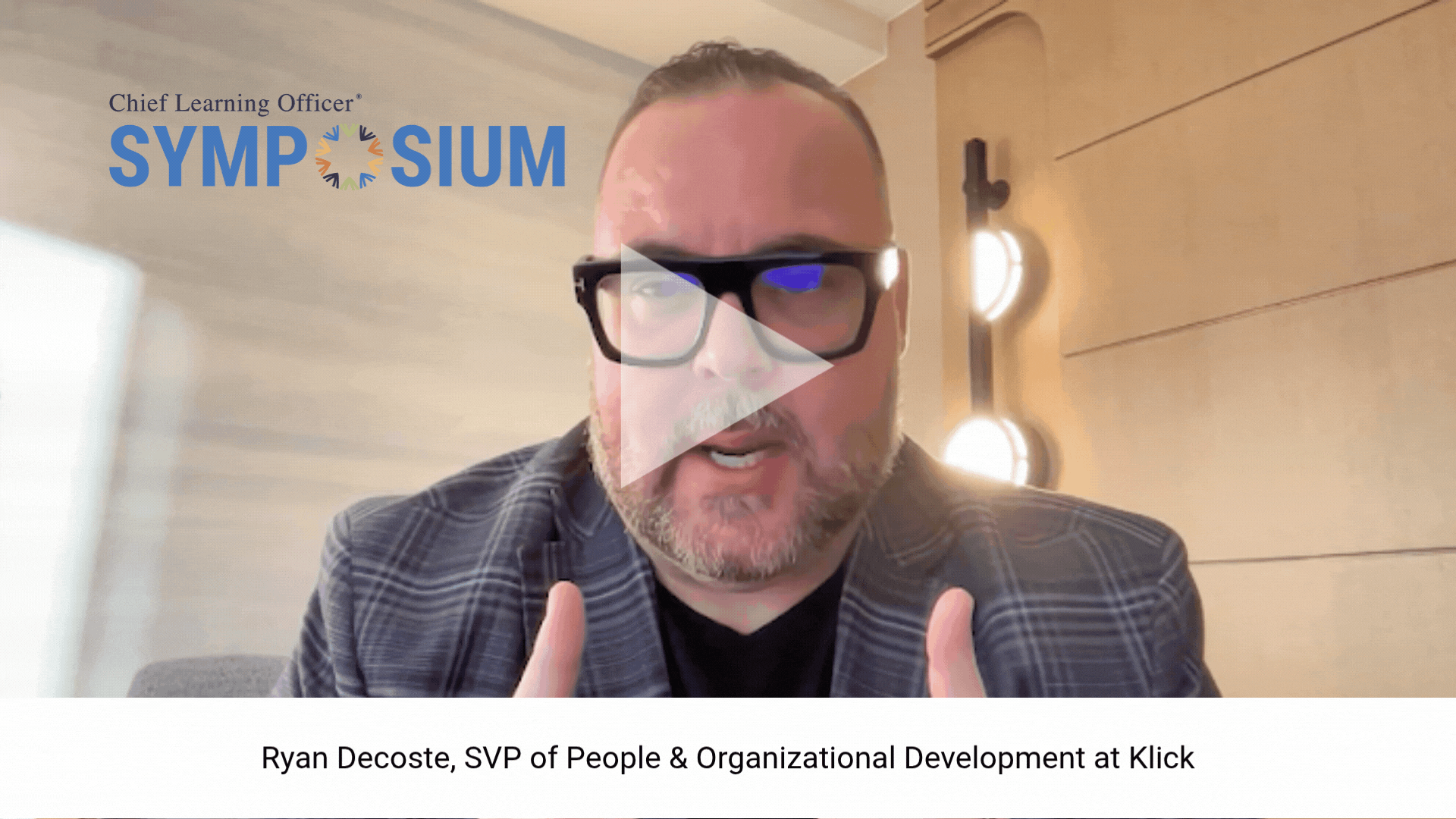A transformative path opens up as we begin to use artificial intelligence to change companies and redefine corporate learning and development. In this article, I will investigate the dynamic road toward flawless human-AI cooperation in the workplace of tomorrow, and how L&D becomes a strategic compass guiding companies through this fascinating development.
One fascinating truth about the interaction between humans and technology is that—although they are its creators—they have often feared technology before finally embracing it as an ally in the simplification of life. Growing up in the pre-Internet age, I saw great anxiety around implementing computers in businesses. It was almost funny how these same people have changed their attitude over the next ten years, praising IT endlessly for generating affluent prospects and placing their nation on the international employment scene.
In what good ways will the AI revolution change life and employment? As any new technology is as good as humans create, it is impossible to forecast. If the AI revolution promotes a time of cooperation between people and AI instead of one of rivalry, it will be a gift. By equipping employees to flourish in an AI-augmented environment, HR and L&D must be central in determining a promising future.
Throughout this change, HR and L&D must cooperate to create a symbiotic link between human knowledge and AI capacity in contemporary companies. Focusing on their different roles, they must be at the forefront of strategic, multi-dimensional projects. An efficient reskilling or upskilling program should include four elements:
- Using strategic upskilling to empower the staff with the necessary skills to coexist peacefully with AI.
- Using tools and approaches helps to preserve crucial human knowledge and facilitates cross-generational interaction.
- Creating customized training plans to improve human-AI cooperation.
- Encouragement of ongoing interactive group learning.
Next, I will closely examine every dimension and explain how each helps build human-AI cooperation.
Strategic importance of L&D in employee reskill and upskill program
If businesses already fund AIe technologies, why should they invest in reskilling or upskilling staff? Does it not sound like two expenses? This is where one should grasp the essence of AI transformation: It is all about improving rather than replacing employees’ capabilities. The investment today is equivalent to tomorrow’s empowered workforce. Let us dig further to grasp how. Though they are usually used synonymously, “reskill” and “upskill” have different connotations.
Reskilling is teaching staff members to acquire new skills so they may move into positions arising from the integration of AI. Generative AI can, for instance, transform data analysts into insights architects who use AI to generate predictive models, run simulations and provide actionable insights.
Conversely, upskilling emphasizes improving employees’ skill sets to adjust to AI-driven changes in their current roles, such as using AI tools to maximize workflows or evaluate challenging datasets.
Therefore, organizations need both strategies to ensure their staff can efficiently negotiate the changing AI terrain.
Upskill: Closing the skill gap to reach AI competency
Program designers of upskilling projects must remember a critical element: Generative technology develops quickly, continuously changing job roles and task execution methods. As a result, companies will probably always be short-staffed in personnel qualified in the most recent technologies.
Thus, two main elements of upskilling strategies should be:
- Short-term skill gap solutions for quick organizational needs.
- Long-term upskilling plans to reach constant benchmarks in line with the company’s future objectives.
Programs should match long-term goals with short-term priorities and align skill levels with both. This requires close cooperation with the CIO’s office in choosing suitable tools and resources.
An effective upskilling process can follow these steps:
- Skill inventory: List the present AI-related competencies of the workforce.
- Needs assessment: List both short- and long-term skill needs.
- Personalized learning plans: Design customized road maps for each employee based on organizational goals and skill gap analysis.
Reskilling employees within the organization
Reskilling in the context of AI is acquiring fresh skills that are fit for a new employment role. Under the cover of its Machine Learning University, Amazon, for instance, has established a reskilling program that helps thousands of workers with little machine learning knowledge become experts in the field.
Reskilling can be a strategic weapon for companies to balance workforce supply and demand. As AI and machine learning technologies advance rapidly, they have significantly reduced the average life cycle of skills. Training staff members in artificial intelligence skills will help companies remain ready for an AI-augmented future and allow current employees’ skills to be utilized in newly appointed positions.
Like upskilling, reskilling programs are meant to be developed closely in line with corporate strategy, with active participation of all stakeholders and a clear vision of how such projects may support the business’s long-term objectives.
The stakeholders, sponsors and the whole company should be involved. In fact, reskilling programs should be strategically crucial for L&D to share with the entire company since it is difficult for such projects to reach the intended result without group effort, partnerships and involvement. Developing the appropriate attitude and actions among managers and staff is quite important. Many times, employees object to learning. Including training in the process will help them address any challenges.
Thus, L&D should invest in specific tools, systems and policies to support their reskilling projects. L&D should develop a matrix to match employees’ intended career paths with their skills. Businesses can handle redundancies in AI-augmented environments through strategic reskilling and ultimately prevent future layoffs.
Building AI-ready teams across the organization: One key point to remember
Organizations should include introductory training courses in AI for staff members at all levels to maximize the advantages of AI-driven reskilling and upskilling. Success in an AI-driven workforce depends on specific fundamental abilities and training areas. Here are some recommendations:
- Data analysis: Skills in data interpretation and visualization define data analysis.
- Programming: Foundation of Python, Java or R for AI system knowledge.
- Machine learning: fundamental ideas to modify AI tools
- Communication: Effective cooperation with AI systems.
Preserving and transferring human expertise to AI systems
AI needs more than raw data to accomplish tasks with human-like discretion; it also requires critical thinking and judgment from years of expertise in a related field. Human experience is the total knowledge workers pick up over time. Not only is it difficult to express in words, but this complex and priceless body of knowledge is context-specific and cannot be codified into a mechanism. Capturing and embedding this knowledge into AI models becomes increasingly important as companies advance in their path of AI transformation. Training AI with this domain knowledge requires a team effort to translate seasoned employee insights into AI systems.
Once more, this is where L&D must be crucial. The process starts with a talent map—a study of employee profiles, performance data and skill sets meant to find workforce clusters of expertise. Once these critical areas are found, they form the basis for creating training models that let human knowledge weave naturally into AI. Leading this initiative guarantees L&D that AI systems are enhanced with the depth of human knowledge and are data-driven.
Interviews, seminars and surveys with seasoned staff members will help L&D compile real-world scenarios, problem-solving models and decision-making frameworks as inputs. These priceless repositories of information ought then to be compiled into training sets. L&D should thus have access to already-existing materials, including project reports, case studies, decision trees, client comments and resources simultaneously. Between various business divisions and AI developers, they can serve as coordinators, guaranteeing the flawless integration of these insights into AI algorithms. In this sense, L&D can be trusted to build a scalable framework for passing knowledge to AI.
The use of AI-powered tailored training programs to enhance their effectiveness
Although reskilling and up-learning staff members is a crucial responsibility, it is not a one-size-fits-all solution. Effective skill development depends on customized learning paths that fit every employee’s demands, preferences, and learning styles.
Fascinatingly, artificial intelligence tools can let trainers design top-notch tailored courses. By including artificial intelligence in their systems, training managers can get insights, including performance data, past learning history, skill shortages, and career goals. These realizations enable trainers to better grasp every employee’s learning path and create initiatives promoting their development.
AI-powered tools can examine vast amounts of data, precisely find trends and gaps, and suggest customized learning materials formats and timelines for every employee. Thus, employees can learn quickly, emphasizing areas requiring the most attention and strengthening their abilities.
One advantage of these customized initiatives is that they change and grow instantly. For example, AI can recommend extra materials or alternative approaches—such as interactive simulations or gamified learning—should students struggle with a given topic to help them grasp it. Similarly, using advanced modules allows high-performance workers to be fast-tracked to guarantee they remain challenged and involved.
Fostering continuous learning: An important facet of AI-transformation
Reskilling, upskilling and ultimately uplifting your workforce for an AI-first future is a path of lifelong learning and not a one-time project. L&D can play a crucial role by acting pro-actively in the following ways:
- Involve those in charge: Set aside funds to support certifications, training initiatives and involvement by C-suit executives and business unit heads.
- Create a learning-friendly environment: Establish a learning-friendly environment that goes much beyond allowing staff members’ schedules to be flexible. A learning-friendly environment inspires and motivates employees to learn. Hence, a system of recognition and rewards has to be rather crucial for developing skills.
- Encourage knowledge sharing: Let staff members grow with and learn from one another through mentoring programs, knowledge-sharing events and internal communities. The intention is to use group knowledge for mutual development.
- Focus on responsible AI use: Within the framework of AI—particularly training for accountability and efficient application is also necessary.
- How to optimize AI tools: Effective prompting methods should be taught since the structure of searches dramatically affects the quality of AI outputs.
- Security and privacy implications: Users must be aware of possible hazards, including unintentionally distributing private data via AI prompts, and learn best practices to minimize these hazards.
Continuing education about the tools’ nature is essential for maximizing their advantages and minimizing their negative effects. Organizations can guarantee responsibility and innovation by enabling staff members to use AI boldly and ethically.
Final thoughts
The AI revolution should be presented as something that improves production and promotes economic development rather than as a cause for rivalry between people and machines. L&D and HR cannot cover this load by themselves. Meaningful AI transformation calls for coordinated organizational effort involving stakeholders from all departments and levels, working strategically from the beginning.
Organizations can transform obstacles into opportunities and guarantee a sustainable, creative future by encouraging an environment of lifelong learning whereby every employee is ready to coexist with AI.
















